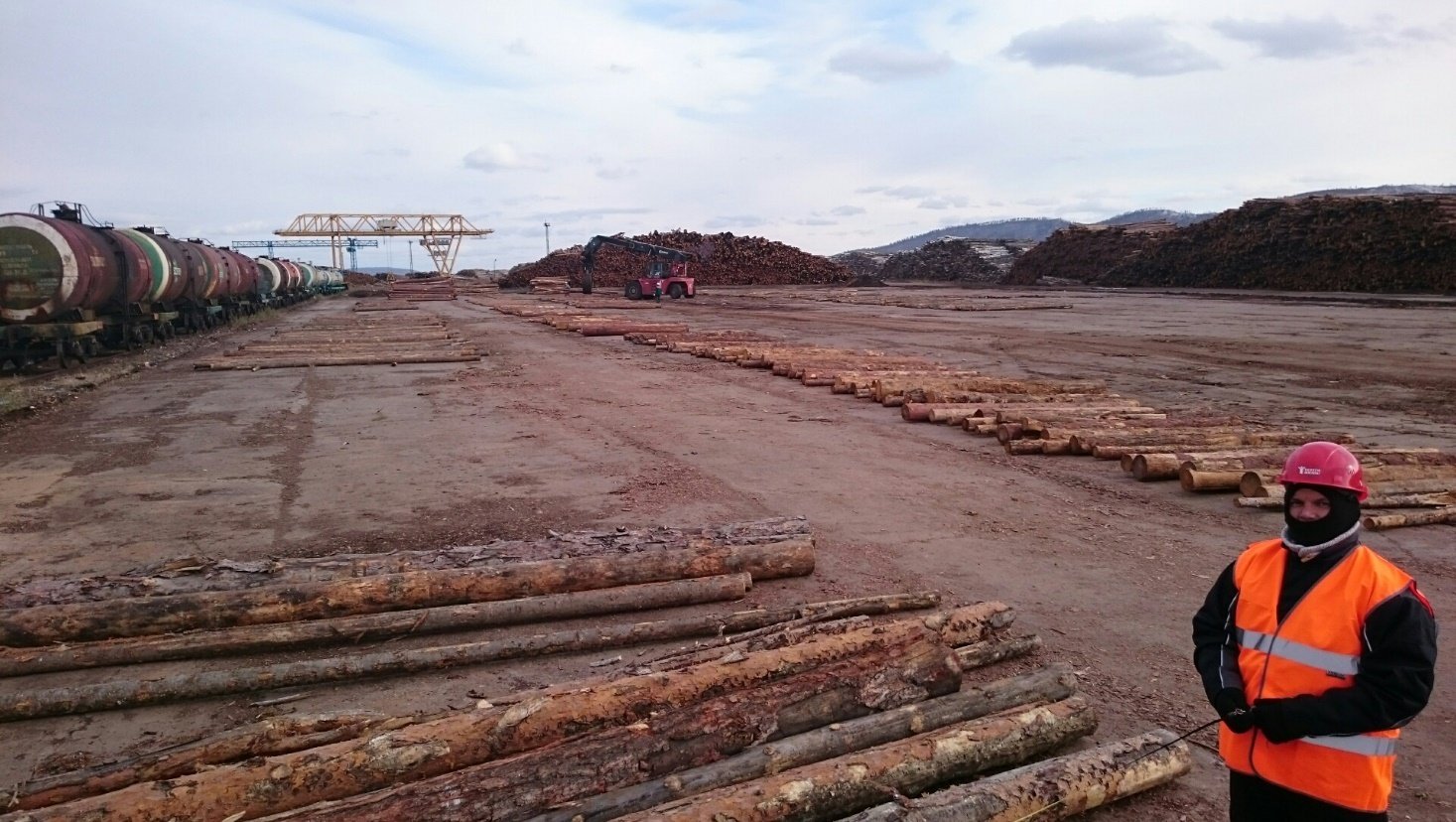2 min read
Rising Fiber Costs Threaten Russian Pulp & Paper Industry
Vasylysa Hänninen : January 18, 2017

The Russian Pulp & Paper (P&P) sector is export-oriented, and Russian producers compete with other long-fiber pulp and paper product producers in global markets. Due to the recent depreciation of the local currency (ruble), Russian producers have a reprieve; among the lowest cost producers in the world, they are currently enjoying high margins. This situation is temporary, however. As the ruble strengthens, fiber prices will increase and when this happens, knowledge of real-world market wood fiber costs will be crucial for Russian P&P products to retain a competitive edge on the global market. As a hedge, producers will need to know their domestic and international markets. Forest2Market’s Baltic Rim benchmark provides this data, helping producers identify where their current wood fiber costs are in comparison to their local and global competitors and, most importantly, where they have room for improvement and increased profitability.
Log yard at a Russian pulp mill

The Russian P&P sector has expanded in the last 10 years, and its importance for the Russian economy has been growing. From 2006 to 2015, the growth has been significant for production of market pulp (15 percent) and especially for packaging materials, where production volumes have more than doubled. Export sales also account for a considerable share. For instance, exports amount to 30 percent of all wood pulp sales, 70 percent of all printing & writing paper sales and 25 percent of all packaging material sales. Increasing export revenues (a result of the weak local currency) have made Russian producers the most profitable in the world during the last two years.
Figure 1. Russian Production and exports of Pulp (left), Printing and Writing Paper (middle) and Packaging Materials (right), 2006-2015 Source: Food & Agriculture Organization of the United Nations (FAO)
Source: Food & Agriculture Organization of the United Nations (FAO)
The pulp and paper raw material base in Russia is heavily dependent on wood, as the amount of recycled fiber is low. Traditionally, the share of virgin fiber has been very high— around 80 percent. As demonstrated in Figure 2, Russia currently enjoys the lowest pulpwood costs among the main supplier regions, which is less than $20 per cubic meter. For example, pulpwood for Russian mills currently costs one third of what competitors in Scandinavia pay. Differences from North American producers are also significant, partly due to the strong depreciation of the Ruble in 2014-2016 (Figure 3).
Figure 2. Delivered pulpwood costs in 2Q2016
 Source: Indufor, Forest2Market
Source: Indufor, Forest2Market
Figure 3. Russian Ruble Exchange Rate
 Source: Indufor
Source: Indufor
Between 2010 and 2015, raw material prices in Russia rose sharply in terms of local currency, but the favorable exchange rate has halted the growth of euro-based prices (Figure 4). Due to limited infrastructure and depletion of nearby resources, pulpwood is usually hauled long distances, sometimes longer than 1,000 km (more than 600 miles). Increasing oil prices and the accompanying revaluation of the ruble may be lurking around the corner. If no action is taken now to improve wood supply operations, Russian pulp and paper producers risk losing the competitive advantage they currently have.
Figure 4. Wood fiber price development in EUR (left) and local currency (right), 2010 vs. 2015

Source: Indufor
Russian producers can stay ahead of this curve if they are knowledgeable about local and international wood fiber price trends. Benchmarking the cost components of wood fiber pricing (stumpage, harvest and transportation) can provide the data needed to improve efficiency, which is crucial for both the development of a wood supply strategy and securing feasible wood fiber prices.
About Benchmarks
Benchmarks allow companies to compare their data with aggregated industry data from other organizations. Companies interested in improving their performance use them to set meaningful goals, gain insight into trends occurring across the industry and discover how they are doing compared to their peers.
Forest2Market's Delivered Wood Raw Material Price Benchmarks are the standard against which suppliers and consumers of wood raw materials around the world measure their performance. Our Baltic Rim Benchmark reports prices and price components for Pine, Spruce Birch and Aspen logs, pulpwood and pulp chips. The report covers Finland, Sweden, Russia, Estonia, Lithuania and Latvia.
Harvesting operations in Russian forest





